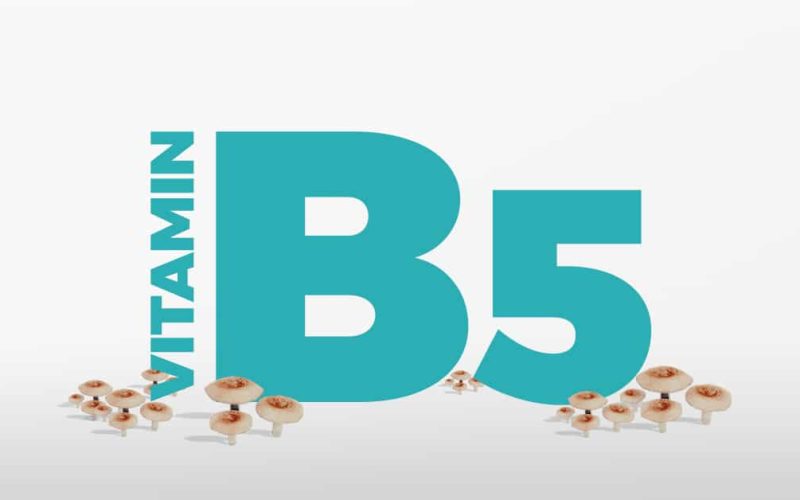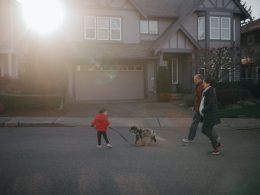Almost everyone has heard of baby sitters, but it’ll be fair to assume that not everyone knows who or what they are, and the services they render.
In this article, we will define the term “babysitter” and go further to explain what they do and more.
Definition
A babysitter is any person who offers occasional child care services for a few hours at a time, usually for an agreed fee.
Baby sitters range from teenagers to adults. However, while most baby sitters go home after their work is done, in-home sitters move on to other duties as they are usually employed as live-in nannies.
In-home baby sitters may have some training or certification in child development and first aid. Nevertheless, some women who, despite lacking any formal training, have had several years of experience caring for their children, and those of relatives and friends and work well as nannies and babysitters.
Parents sometimes prefer an au pair, a young person, usually a lady in her early twenties, often from different country, who lives with the child’s family to offer child care services.
Purpose
The primary reason why parents hire baby sitters is to give themselves some time off from parenting. However, the only way time away from home and the kids are enjoyable is when parents are comfortable in knowing that their ward is adequately cared for.
Some parents choose to join a babysitters’ club to feel safe. For example, a group of moms may choose to take turns babysitting each others’ children with to allow a person some time away from their kids and rest assured that their children are in great hands.
Babysitter course
In the United States, the American Red Cross offers a certification course for aspiring babysitters. Young people who are above 11 years are eligible to enroll in the training course, which lasts for eight hours.
The babysitting course is offered at various community schools and organizations. Some organizations are known to underwrite the cost of the program and offer it free at no charge to participants; others may charge a small fee.
The babysitting course provides instruction in the supervision of kids, accident prevention, planning activities for children of all ages, emergency response techniques (including what should be done in a choking emergency), and even job-hunting strategies for new babysitters.
Description
Babysitters are meant to understand that parents usually have conflicted feelings about leaving their kids with a babysitter.
The main goal of parents is to get a safe and competent babysitting service without feeling the need to get substitute parents. The fact remains that no matter how conscientious the sitter, he or she can not care for a child, the precise way a parent does, and it is far from logical to expect a carbon-copy parent.
Once parents are convinced that the sitter is a decent and friendly individual, they will allow such a person to be his or herself (but this must be within the outline of the family’s rules and needs) and to sometimes use his or her judgments.
Most families usually provide the babysitter with rules and guidelines about acceptable activity, bedtime, and behavior during the absence of parents, and instructions on who should be contacted In case of an emergency.
Also, young people who need an extra source of income and decide to be babysitters may enroll for the American Red Cross course. They can also get books and videotapes that outline strategies and techniques for safe and successful babysitting.
If you’re getting a teenage babysitter, he or she must be able to answer some essential questions in an extensive interview with conscientious child owners.
Finding a sitter
Parents who need a baby sitter usually advertise for one in the church, local paper, on the community bulletin boards, or with a recruitment agency. Word-of-mouth is generally the best source. Most parents will ask other parents for recommendations.
Great sources for sitters whose services are no longer needed by a family are nursery schools and local preschools. Many parents will post their names and numbers in places like this as soon as they feel the need for a sitter.
Interviewing the sitter
Parents will conduct an interview for interested applicants and request as well as examine references. This meeting offers an opportunity for one on one exchange of ideas between the baby sitter and the parents.
Questions that will be raised pertain to rules regarding methods for handling discipline, food, problems, and fees that the parents will pay. There will also be a meeting between the sitter and the child(ren) so that they get to know each other a bit.
Potential babysitters must be prepared for their interviews with parents. The baby sitters must be ready to answer particular questions.
Baby sitters will be required to provide proof of identity (such as security and or a driver’s license) and tender names, phone numbers, and addresses for at least three and at most five references.
During the interview with a prospective baby sitter, parents may want to address these concerns:
- If it’s a teenage babysitter, is he or she mature, well-groomed, and disciplined?
- What childcare experience does the babysitter have? What were the sitter’s best and worst experiences while babysitting?
- How does the sitter deal with issues of discipline? What would be the sitter’s next step if the baby cried for an hour or longer?
- What if the toddler was inattentive or defiant to the sitter’s directions?
- If the child broke the sitter’s wristwatch or destroyed other expensive possessions, what will happen?
- How does the babysitter feel about TV? Would he or she take the time to watch TV while the kid plays or takes a nap?
- What kinds of programs do teens and children watch in the baby sitters home? Would the sitter make television as regular entertainment for the kids?
- How much time does the babysitter spend with friends and other sitters?
- Does the sitter think it’s fun to take the kids outside to play in the backyard or to spend some time in the neighborhood playground?
- What does the sitter know about proper nutrition? Does he or she prefer snacks to healthy foods?
- Does the sitter have a cellular telephone, drive a car, or have to spend time answering calls while working?
- What would be the sitter’s next action in an emergency such as a sudden injury or illness for either the child or the sitter?
- What would be the sitter’s next line of action if there were a fire outbreak and other emergencies?
The interview is the best time to discuss hourly or evening pay. Some sitters will request to be paid a higher rate after midnight.
The meeting is also the time to talk about travel arrangements. Does the sitter need to be picked up and dropped off, or does he or she drive and have a car?
Paying the babysitter
Babysitters charge according to the age and number of kids they’ll be caring for. Other factors that determine the baby sitter’s pay include the age of the babysitter, the kind of care expected from them, and the time of care either day or night.
Factors like whether or not the sitter drives and the distance traveled to the place of work also dictates the sitter’s pay rate.
That minimum pay for a baby sitter varies according to location, but fees are generally higher for younger kids and for extra hours our late hours.
Babysitter checklist
Parents must leave emergency information for the baby sitter, most often close to the house telephone or on the refrigerator so that it can be found easily.
The information usually includes the following:
- For the USA, 911 is the emergency number to call (parents in other places must leave the correct emergency number)
- Family name, home address, and phone number (A stressed or confused sitter may “blank out” while they try to offer this critical information over the telephone to the emergency operator.)
- Telephone numbers of the family pediatrician or doctor.
- Telephone numbers, including mobile phones, for reaching parents
- Children’s full names and dates of birth
- Name, address, and phone numbers of family members or neighbors who have consented to be on call in case of any emergency and back up numbers of other relatives or friends.
- Time parents are expected to come home early
- Parents’ full names, and cell phone or pager numbers
- Special activities for kids and any food restriction for each kid
- Child’s routine, including toileting habits, bedtime, approved snacks, and comfort objects needed for sleep time
- Guidelines for the sitter’s personal behavior, such as friends visiting or personal telephone calls
- Security and safety procedures, such as the right things to say when answering the telephone and how to secure the doors
Parental concerns
- Parents must inform their kids that they’ll be having a sitter.
- Parents must lecture the sitter on acceptable behavior and method of discipline for the kids
- Parents must show sitter emergency exits
- Sitters must be aware of medical concerns and provided with a first aid kit.
- Baby sitters are meant to care for a child or children in the absence of their parents.
Leave a comment below.










